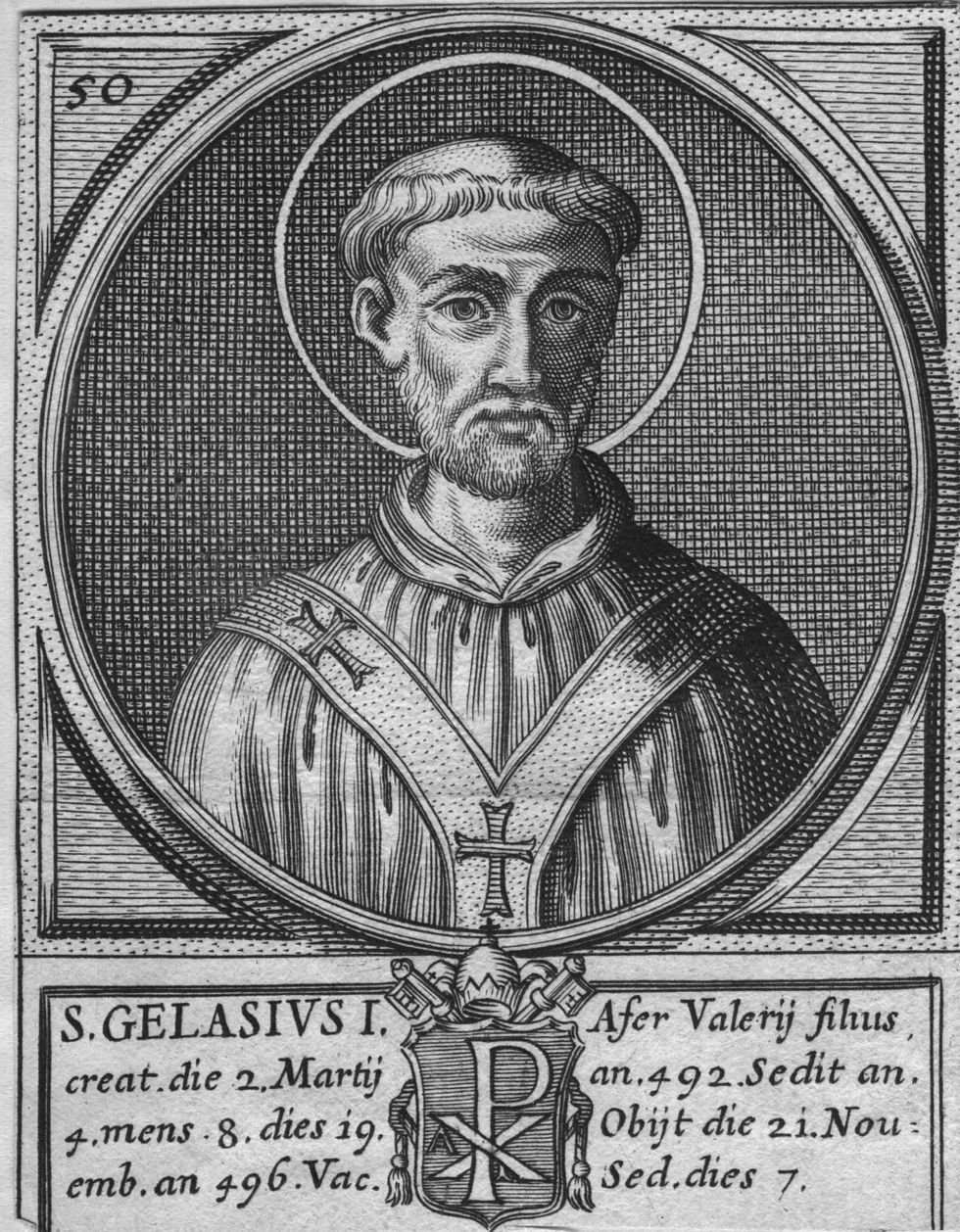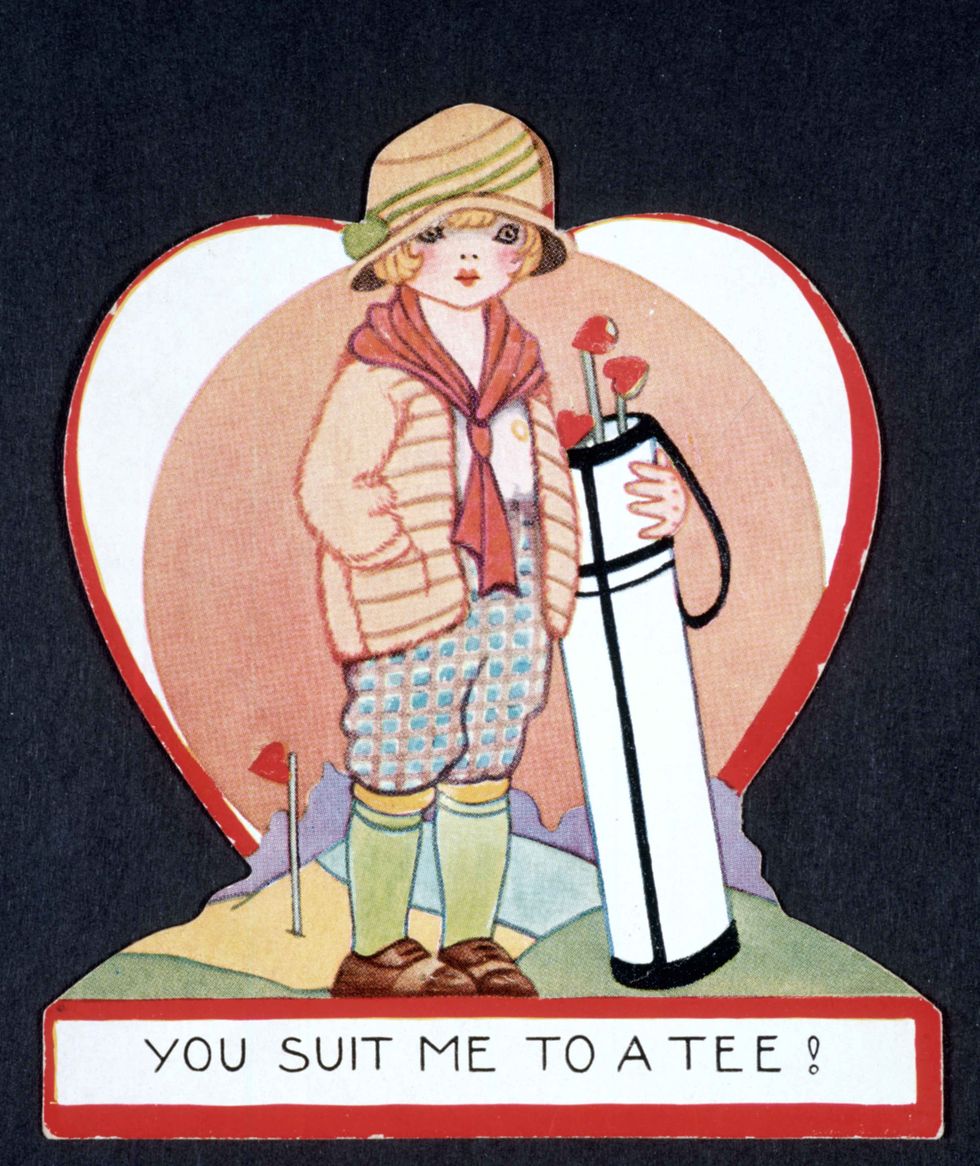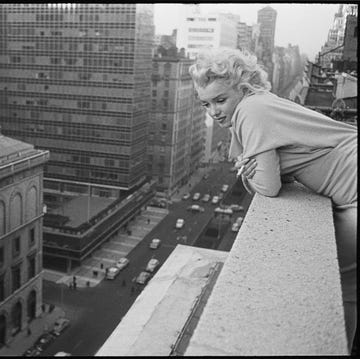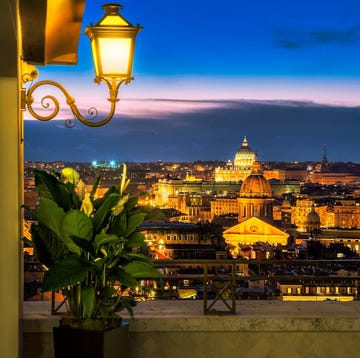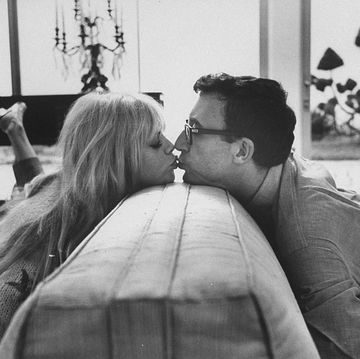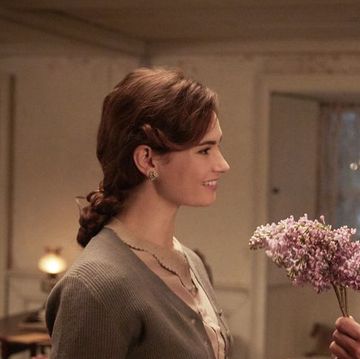Valentine's Day has come to be synonymous with a 24 hour period where we express our love and affection for someone special through pink hearts, candy, red roses, and maybe, just maybe, a good old fashioned Valentine's Day card. And while the annual love fest may be one of the most candy-filled days of the year, the true history perhaps isn't as sweet. With origins as a pagan ritual for fertility, Valentine's Day has evolved throughout centuries worth of martyrdom, religious politics, beheadings, and industrialization to become the holiday we now associate with love and affection—and even sweetheart candy. Here's a timeline of the events that took an ancient ritual and turned it into a multi-billion dollar holiday celebrated around the world.
Roman Beginnings
While the exact origins of Valentine's Day remain murky, some historians consider the Ancient Roman feast Lupercalia, held from February 13 to 15, the holiday's earliest iteration. During the festivities, Roman priests sacrificed a goat and a dog, using strips of the animals' hides dipped in blood to whip women in the belief that it would make them more fertile.
The ritual also included a matchmaking session, with bachelors selecting the names of their "sweethearts" from an urn.
Will the Real Saint Valentine Please Stand Up?
There have been at least three different martyred Saint Valentines recognized by the Catholic Church, making it tricky to identify the real-life man behind the holiday. However, popular legend holds that the Roman Emperor Claudius II executed one, Saint Valentine of Terni, on February 14 around 278 A.D. His crime? Valentine continued to perform marriage ceremonies in secret after Claudius II outlawed unions to encourage men to join the army. Supposedly, Valentine signed a farewell note before he was beheaded, "From Your Valentine."
Making It Official
In 496 A.D. Pope Gelasius declared February 14 as the First Feast Day of Saint Valentine. Whether this was purely a move to honor a Saint—or a strategic effort to Christianize the unsavory pagan Lupercalia—is still a subject of debate.
Courtly Love
It's fitting that a great poet would be the first to link Valentine's Day to love and romance. In the 1375 poem "Parliament of Foules," Geoffrey Chaucer wrote, "For this was sent on Seynt Valentyne's day / Whan every foul cometh ther to choose his mate." Others, including William Shakespeare, followed suite—and not long after, exchanging handmade cards and tokens became popular in England. The oldest known Valentine, dating back to 1415, was sent by Charles, Duke of Orleans to his wife while he was imprisoned in the Tower of London.
Love in Full Bloom
The tradition of giving flowers to loved ones on Valentine's Day originated in the 17th century when King Charles II of Sweden popularized "the language of flowers", or attaching conversationalist meanings to different types of flowers, throughout Europe. The most traditional type for Valentine's Day became the rose because of it's association with the Greek goddess of love, Aphrodite. Since then, the custom has grown with the National Retail Federation estimating that $2 billion are spent on Valentine's Day flowers each year.
Mass Market
Celebrating Valentine's Day steadily gained in popularity through the 19th century—especially once the greeting-card industry was in full swing thanks to the Industrial Revolution's printing press and cheaper postage. Esther A. Howland (known as "Mother of the Valentine") began selling the first mass-produced cards in America in the 1840s and Hallmark Cards entered the scene in 1913. Today, the Greeting Card Association estimates that loved ones send approximately 145 million cards around the world every year.



